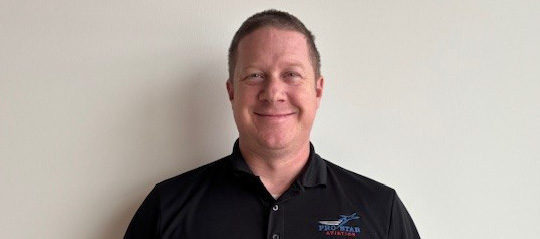The Potential Pitfalls of Starlink Aviation

It is undeniable that Elon Musk is a disruptive force in the business world. Throughout his career, Musk’s outside thinking and raw confidence has allowed him to break several industries wide open. He is, perhaps, best known for Tesla; incorporating vertical integration into his business model to change the automotive industry. His direct-to-customer model was so successful that he is utilizing it now with Starlink. Starlink is a Low Earth Orbit (LEO) satellite constellation intended to serve residential, business, RV, maritime, and aviation marketplaces. Similar to Tesla, Musk has seen great success with his manufacturer-to-consumer business template. Despite this, however, there are certain concerns related to how this model may conflict with the rigid nature of the aviation industry.
The reason why the aviation industry is so challenging when it comes to a direct-to-consumer business model is because there is nothing else in aviation that follows that protocol. There are virtually no other systems that you can buy for your aircraft that you buy directly from the manufacturer and install yourself. Certainly, there are Airlines and Fleet operators that may have the infrastructure to support this model, but the vast majority of the potential customers for this system are people just like Mr. Musk himself: high net worth individuals that rely on a Service Center network to maintain and upgrade their aircraft. In addition to that lack of precedent, which we can all agree Mr. Musk has been known to avoid in the Automotive Industry, there is the FAA Installation approval process. This is particularly problematic because the complexity of the Starlink system will require STC’s and significant alterations to the aircraft. How will Starlink Aviation ensure that all FAA regulations are being complied with during the installation process?
At $150,000 for the hardware and a service fee ranging from $12,500 – $25,000 per month, plus the yet to be defined and expensive cost of the installation, the Starlink Aviation product will certainly be as much to install and operate as many of the more established In-Flight Connectivity systems. While a quarter of a million dollars a year for IFC service isn’t unheard of for large cabin aircraft, the rest of the Business Aviation community is not accustomed to these prices. The demographic of the aircraft that will find the pricing unobjectionable is used to the highest level of customer service and the virtual self-service model is not likely to be tolerated in this ultra-exclusive community. Typically, they go to a dealer network or the original aircraft manufacturer and seek solutions from them; once in service, they expect the highest level of support. With its vertical integration, how will Starlink Aviation ensure that customers receive the necessary technical support and installation provisions without OEM or MRO dealer support?
Of course, Musk is one for tackling the seemingly impossible. His track record is indisputably solid. However, in this industry, consumers have a litany of expectations for their service providers. This is important to consider because of how limited the consumer pool is for Starlink Aviation. In Starlink’s other factions, customers will come in thousands, likely even millions. For Starlink Aviation, there may only be a few hundred consumers, a couple thousand at most. This is why it is important to understand their expectations. These customers expect to have their needs met, they expect the functionality to be flawless, and the best-in-class anywhere they fly. As aircraft owners, this demographic has no experience installing equipment themselves. They have become accustomed to paying mechanics and manufacturers to take care of these things for them. Starlink’s business model, however, is not presently equipped to deal with this problem.
As of today, the only way to interface with Starlink Aviation is through their website. The support options are minimal and leave the user with many unanswered questions. Where does Starlink Aviation recommend a client get the system installed? What type of in-service support is available? What type of technical support personnel is available? As a vendor and authorized installation facility for virtually all of the existing In-Flight Connectivity solutions, Pro Star Aviation stands ready to align with Starlink to provide the level of service and support that the business aviation community expects. Elon Musk has proven himself to be a business titan time and time again. The field of aviation, however, is one that comes with a lot of baggage. Vertical integration has proven massively successful for Musk, and he has never failed to approach his problems innovatively. In this particular instance, however, there are certain questions and concerns coming from the aviation industry that are not yet being fully clarified. As an aircraft maintenance company, we look forward to these answers, and we hope to work with Starlink Aviation in the future to ensure that our mutual clientele receive the best service possible.



